View in other NatureServe Network Field Guides
NatureServe
Montana
Utah
Wyoming
Idaho
Wisconsin
British Columbia
South Carolina
Yukon
California
New York
Salt And Pepper Microcaddisfly - Agraylea multipunctata
General Description
We do not yet have descriptive information on this species. Please try the buttons above to search for information from other sources.
Diagnostic Characteristics
The early instars are free swimming (no case), small wormy-larvae with long ‘spidery’ legs. All instars of this family are relatively small, giving them the common name of ‘micro caddis’. Hydroptilid Cases are quite distinctive-- purse-shaped and transparent (or sand & algae covered), constructed from a glue-like secretion & silk from the mouth often incorporating sand grains or algal material.
Observations in Montana Natural Heritage Program Database
Number of Observations: 3
(Click on the following maps and charts to see full sized version)
Map Help and Descriptions
Relative Density
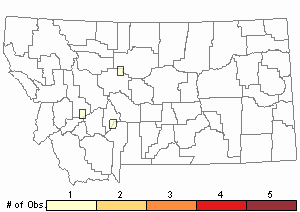
Recency
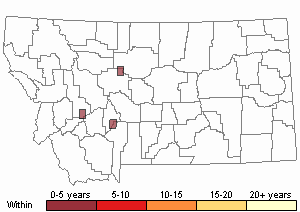
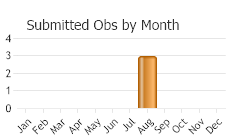
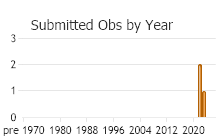
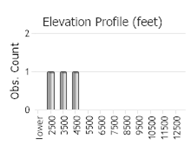 (Observations spanning multiple months or years are excluded from time charts)
(Observations spanning multiple months or years are excluded from time charts)
Habitat
Hydroptilid larvae occur in still and flowing freshwaters, generally on upper surfaces of rocks and boulders or amongst filamentous green algae or on macrophytes. Some species can be found in the splash zone of waterfalls or cascades, often aggregating in crevices amongst algal, liverwort and moss growths.
Food Habits
Most larvae are grazers or collector feeding on filamentous green, epilithic micro-algae, periphyton and filamentous diatoms. Orthotrichia larvae are often found in insect egg masses on the undersides of rocks and stones, apparently feeding on the eggs.
Ecology
Most Hydroptilid Cases are purse-shaped and transparent, constructed from a glue-like secretion & silk from the mouth often incorporating sand grains or algal material. The hydroptilid life cycle differs from that of other Trichoptera in that larvae are only cased in the fifth (final) instar, but free-living for the first four instars, which are short in duration. Before pupation the larva attaches the case to the substratum. Some species aggregate on upper surface of rocks at pupation, others may pupate singly on or beneath rocks.
Reproductive Characteristics
The hydroptilid life cycle is usually 1 year and mating takes place in the late spring and summer months when the adults hatch. Eggs are laid on the water surface or slightly underneath by the females and adhere to rocks or aqautic vegetation
Stewardship Responsibility
References
- Web Search Engines for Articles on "Salt And Pepper Microcaddisfly"
- Additional Sources of Information Related to "Insects"





